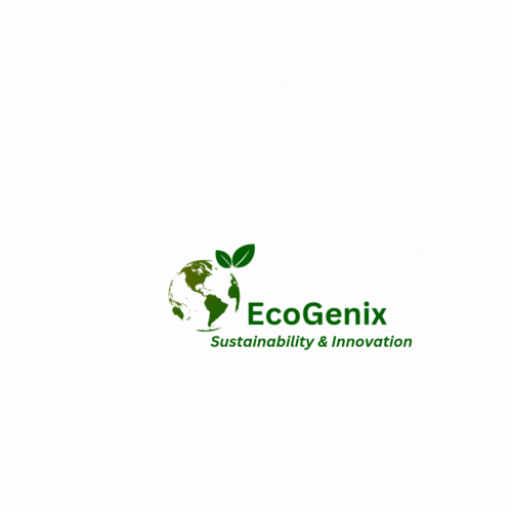Introduction:
The United Nations’ Sustainable Development Goal 2 (SDG 2) aims to end hunger, achieve food security, improve nutrition, and promote sustainable agriculture by 2030. However, the ongoing challenge of climate change poses significant threats to achieving this goal. Rising temperatures, erratic weather patterns, increased frequency of extreme weather events, and other climate-related factors directly impact food production, availability, and access. In this article, we will delve into the various strategies and approaches required to overcome these challenges and accomplish SDG 2 amidst the growing influence of climate change.
Building Resilient Agricultural Systems:
To combat climate change, investing in resilient agricultural systems that can withstand adverse weather conditions and ensure stable food production is crucial. This involves:
a) Climate-Smart Farming Techniques: Encouraging the adoption of climate-smart agricultural practices such as conservation agriculture, agroforestry, and precision farming can increase productivity while reducing environmental impact.
b) Crop Diversification and Improved Seeds: Promoting crop diversification, including the cultivation of climate-resilient crops and improved seed varieties, enhances food security and minimizes the vulnerability of farmers to climate-induced crop failures.
c) Water Management: Implementing efficient water management strategies, such as drip irrigation and rainwater harvesting, can mitigate the impact of droughts and water scarcity on agricultural production.
Enhancing Adaptive Capacity:
To address the challenges posed by climate change, communities need to develop adaptive capacity. This involves:
a) Climate Information and Early Warning Systems: Strengthening weather forecasting systems and disseminating climate information to farmers enables them to make informed decisions regarding planting, harvesting, and managing resources effectively.
b) Farmer Training and Knowledge Exchange: Providing farmers with training and resources on climate-resilient practices equips them to adapt to changing conditions and make sustainable choices.
c) Social Safety Nets: Establishing social safety nets, including insurance schemes and safety nets for vulnerable communities, can help mitigate the impact of climate-related disasters and protect livelihoods.
Sustainable Land and Forest Management:
Preserving and sustainably managing land and forests are essential for achieving zero hunger and mitigating climate change. This includes:
a) Forest Conservation and Reforestation: Protecting existing forests, promoting afforestation, and implementing reforestation initiatives can enhance carbon sequestration, maintain biodiversity, and provide alternative sources of income for local communities.
b) Land Restoration: Investing in sustainable land management practices, such as terracing, erosion control, and soil conservation measures, improves soil fertility, reduces erosion, and enhances agricultural productivity.
c) Integrated Landscape Approaches: Adopting integrated landscape approaches that consider the interactions between agriculture, forests, and other land uses fosters sustainable development and ecosystem resilience.
Strengthening Food Systems:
Climate change impacts the entire food system, from production to consumption. Strengthening food systems involves:
a) Post-Harvest Management: Improving post-harvest handling, storage, and processing techniques reduces food losses and waste, ensuring more food reaches consumers.
b) Sustainable Supply Chains: Promoting sustainable and inclusive supply chains that consider environmental, social, and economic factors ensures equitable distribution of food and reduces the carbon footprint of the overall system.
c) Nutrition Education and Awareness: Enhancing nutrition education and awareness programs empowers individuals to make healthier food choices, reducing the burden of malnutrition and its associated impacts.
International Cooperation and Policy Support:
Addressing the complex challenges of climate change and achieving SDG 2 necessitates international cooperation and policy support:
a) Funding and Investment: Increased funding and investment in climate-resilient agriculture, research, and development initiatives are crucial to support the implementation of sustainable practices and technologies.
b) Knowledge Sharing and Technology Transfer: Encouraging the sharing of knowledge, expertise, and technology between countries facilitates adopting climate-smart agricultural practices in regions most vulnerable to climate change.
c) Policy Alignment: Governments and international organizations must align their policies to support sustainable agriculture, land management, and food security, integrating climate change considerations into national and regional strategies.
Conclusion:
Achieving SDG 2, Zero Hunger, by 2030 in the face of climate change requires a comprehensive and multi-faceted approach. By implementing resilient agricultural systems, enhancing adaptive capacity, promoting sustainable land and forest management, strengthening food systems, and fostering international cooperation and policy support, we can overcome the challenges posed by climate change and ensure food security for all. It is imperative that governments, organizations, communities, and individuals work together to address climate change and its impact on global food systems, ultimately creating a sustainable future where no one goes hungry.
ARTICLE BY: WAYNE TOTA
Food Security and Climate Change
waynetota9@gmail.com
0601133196239
Visit for more articles:
https://sites.google.com/view/foodsecure-sustain-agriclimate/home.

Leave a Reply